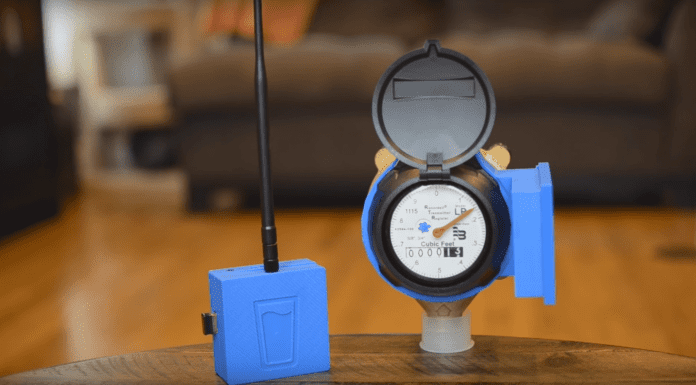The culmination of mass urbanization coupled with the near- and long-term implications of climate change is straining global water resources from the highly developed metropolitan areas of Southern California to developing nations in the heart of Africa.
Utilities providers, academia and research organizations are all trying to get a handle on what can be done to address these pressing resource management issues, and that level of scrutiny requires lots of data.
One organization that’s collecting water use data is Pecan Street, an Austin, Texas-based nonprofit that focuses on bringing innovation to the energy, gas and water industries.
Building on an interest in power, “We got into the water thing and we had to create some of our own tools to measure residential water,” CTO Bert Haskell told RCR Wireless News. In the process of doing that, we came up with a couple of different ways to read meters…and utilities are coming and saying they’d like to buy some of the things we’re doing with our research.”
That research has resulted in BluWater, a hardware/software platform that uses IoT sensors to track residential water use data in real time; that data is then pushed to a cloud-based analytics platform. For the user, everything is tied together in a mobile application that enables remote sprinkler programming, leak monitoring, use and billing metrics and even enables insightful decision-making.
For instance, you could use the BluWater app to set up a schedule for your backyard sprinklers. But then it rains. The BluWater app can use the weather information, correlated with your sprinkler scheduling, and inform the user that it won’t be necessary to irrigate, so reschedule.
“A lot of [the issues] can be handled, quite frankly, by clamping down on residential irrigation,” Haskell said.
Here’s a video overview of BluWater:
Fred Greguras discussed the idea of using IoT devices like smart meters to prompt widespread change in a column published by Water Online.
“Motivating water conservation is more effective when users have a clear and timely picture of how water is used,” he wrote. “I believe that even the simplest form of smart water meter installed at homes and businesses on a wide spread basis can provide actionable information, which if applied with common sense, can help save millions of gallons of water. [4] If the water utilities can provide the smart meter and basic water management platform, private vendors can offer more sophisticated features that are accessible as an app on a mobile phone…Private vendors are already offering advanced features such as water leak detection.”
That’s just the tip of the iceberg. AT&T uses its LTE network to give cities access to real-time information about water systems so leaks can be instantly detected. On the consumer side, the Digital Life product line includes a sensor for water leaks. IBM’s Water Management Center uses sensor data to give utility operators operational visibility around system performance.
With mass urbanization showing no signs of slowing, it’s clear that innovation via technological integration with existing utility systems is a clear path to long-term resource management.

